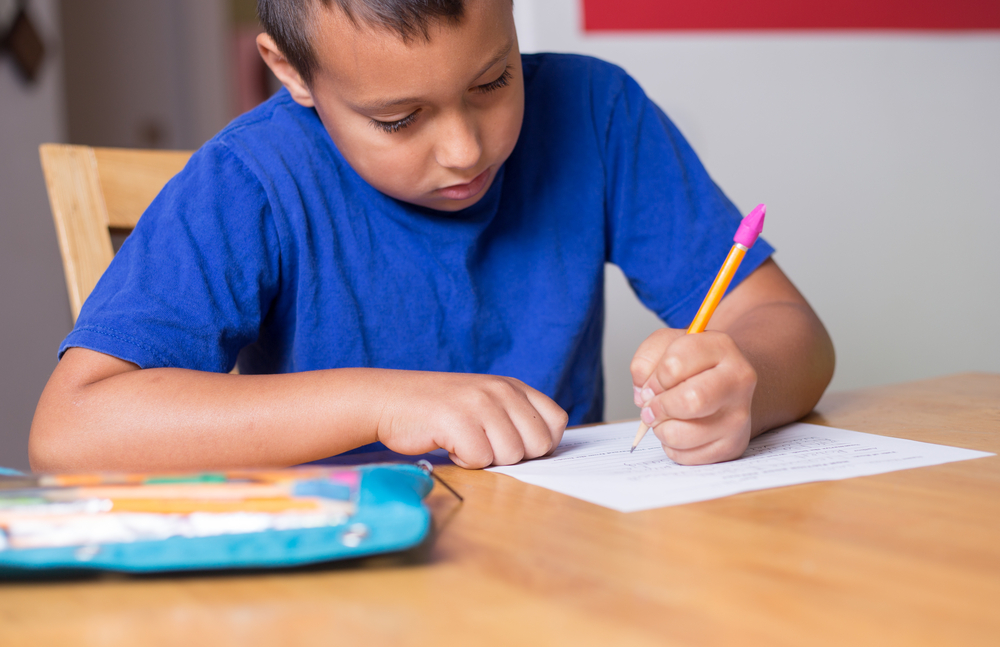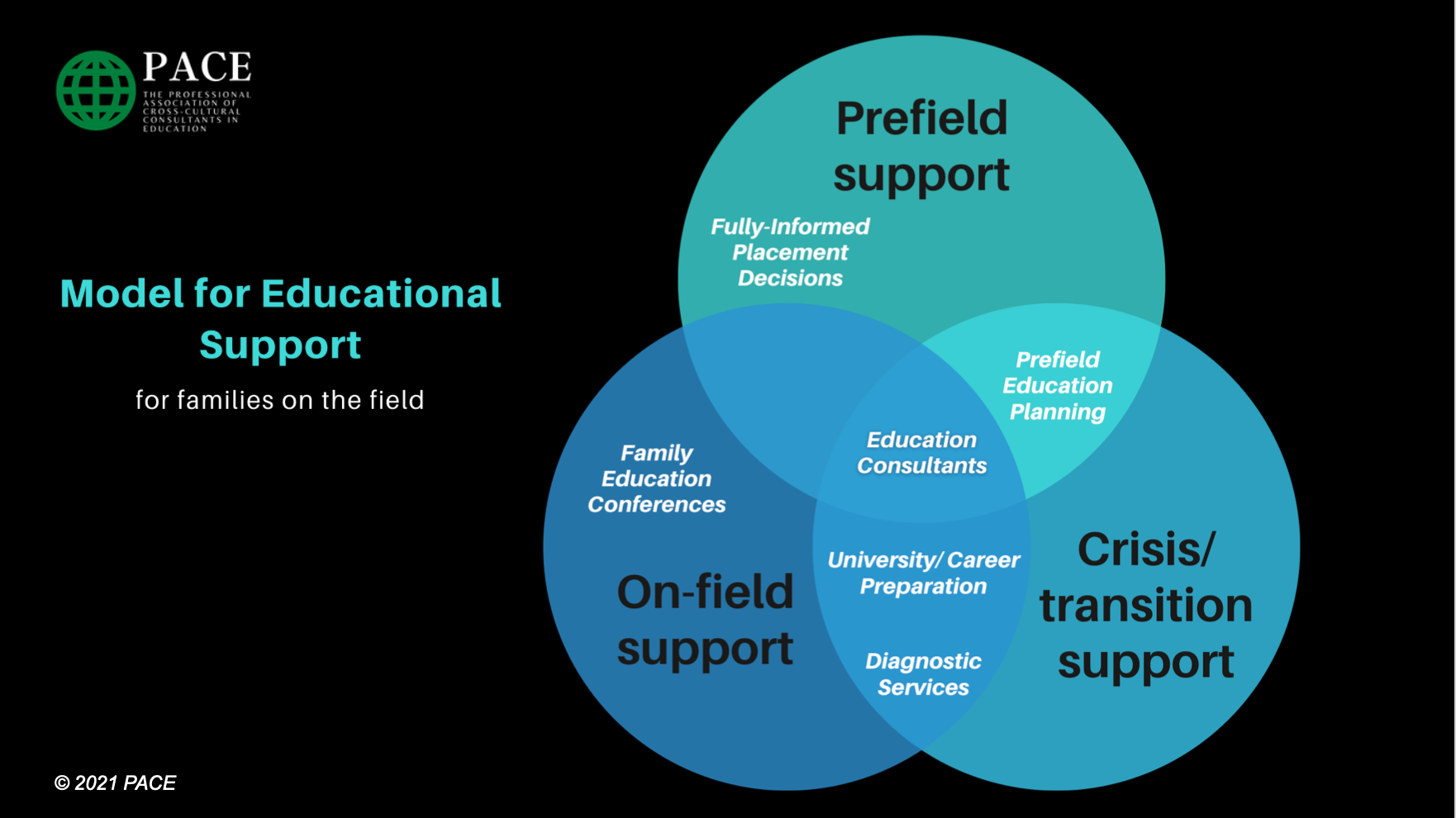In March, many education consultants gathered in person at the MK Education Summit near Atlanta…

Getting to the Bottom of Things: Helping Families with Struggling Learners
This is article is by Melissa Shipman, Executive Director of PACE. Melissa was a teacher of children with special needs for over 10 years, and has served with SHARE Education Services since 2002 as both a full-time and associate education consultant. She now lives in Georgia, USA with her husband and two young girls.
Trying to help parents who have a child who is struggling in their learning is no small feat. We never want to raise alarmist bells and immediately call for special needs testing. However, we often work with families as they seek explanations for a child’s learning and behavior.
My goal for this article is to help you do just that. Hopefully these descriptions and questions will assist you in walking through the early stages of figuring out why a child is struggling.
Let me illustrate how complex this issue is by using myself as an example. I am NOT an athlete. Not in any way. My coping strategy in the two miserable years I played basketball was to follow the other girls wearing red, like I was, up and down the court, and if one of the red girls threw the ball at me, I would throw it to another red girl. That was it. I had no idea how to strategize, how to foresee what was going to happen next, or what should happen next. I just did what everyone else was doing and hoped no one would notice.
But sometimes I found myself in situations where people couldn’t help but notice! In gym class, we had this box-horse that we were supposed to leapfrog over. No big deal – just run up to it, put your hands on the top, and leapfrog over it. It probably wasn’t that tall, although to me it might as well have been a small building. Run, grab, raise your legs to each side, jump. Nothing to it. Except I didn’t get it right one time.
To me, this very simple task was too complex for my abilities. I had to run – that was OK, I could do that. But I had to time my running with grabbing the top of the box-horse. Big problem. Then in an instant, I had to remember to jump and raise my legs – impossible. I would sort of jump, forget to raise my legs to the side, and the whole box would go down. This was, needless to say, very embarrassing.
It’s OK for you to laugh! I tell you that story to illustrate, in a silly way, how seemingly simple tasks can, to some children, be full of insurmountable complexity. We see the outward signs of this, in their grades and test scores, in their behaviors, and sometimes in their frustration, and I know that you want to help get to the bottom of whatever problems a child has in order to help them.
So the first thing we need to do is investigate and identify the problem. Take my basketball problem – did I simply need a better explanation of the rules? Did I just need more practice and conditioning, running and shooting? Or was I deliberately throwing the game to communicate to my parents that I would rather be at home watching “Little House on the Prairie” on Monday nights? Or had I simply been hard-wired by the Creator a little differently than the other girls in red who always seemed to know what was going on?
With third culture kids, this investigative work is really complex. What follows is certainly not an exhaustive list of difficulties a child might be experiencing, but it includes some of the major issues we have seen families deal with on the field. As we walk through this list, I will give you some key questions to ask in each area.
Transition Issues
First, we have transitional issues. The key question to ask is simply, ‘Is this family going through any type of transition?’ If they are still in their first year on the field or on a new field, the answer is YES. If this is the child’s first year in a new schooling situation, the answer is YES. If Dad has taken on a new role in which he’s traveling away from home more, the answer is YES.
Simply put, when a family is going through a transition, the children are experiencing stress. We all are when we experience transition! When any of us are under stress, we don’t act the same way, we don’t learn the same way, and we don’t perform the same way we usually do. The good news is that this phase passes, and as the new situation becomes normal, we begin to experience less stress and act more like ourselves. But don’t forget that it takes a while, especially when we’re experiencing significant changes in our world, and particularly for children.
If you answered, ‘Yes, this family is in transition,’ then it will be important to work with the children to relieve stress and perhaps adjust expectations during this time. What are some ways we can relieve stress for kids?
- Talk to them – assure them that things will get easier
- Laugh with them
- Talk specifically about school – what are the expectations for them in the new schooling situation?
Discipline and Behavioral Issues
Next, we have discipline and behavioral issues. A lack of clear expectations in the home puts children in a state of stress, with all the repercussions just mentioned. A key question to ask is, ‘Does the child know what to expect in their home?’ Does the child understand that their parent’s expectation is for them to complete x, y, and z every morning? Does the child understand clearly what the consequences are if these tasks aren’t completed? And – hardest of all – is that what actually happens? It is so important for children to understand the boundaries in their home. When they don’t, their behavior and learning, particularly if they are homeschooled, suffers.
But I also understand that sometimes there are behavioral issues that have nothing to do with children understanding these boundaries. I know I don’t need to tell you what problem behavior looks like, but how do you discover WHY a child is displaying this behavior?
One of the best ways I know to do this is for you or a parent to become a student of this behavior for up to a few weeks and do what we in special education call an ABC analysis. This examines the Antecedent, Behavior, and Consequence for a particular behavior.
An antecedent is whatever happens right before the behavior occurs. We often assume that it’s the consequence that is the problem, but it may be the antecedent. Maybe the child stops working on her home school work every morning around 10:00. (It’s important, by the way, to note the time in any record of behavior.) Maybe she’s hungry, or if she had a high-sugar breakfast, her sugar level is crashing. If that’s the case, a few minor adjustments in the schedule and routine could do the trick.
Let’s say a parent is trying to home school their child for an hour in the afternoon after they get home from national school. The antecedent for the behavior may be as simple as the parent putting the schoolbooks on the table. Let’s say the behavior is the child either refusing to work, or worse. What is the consequence? Do the child get sent to his room for a time-out? Does the parent sit and talk and reason with him? What happens as a result of that behavior?
If after two weeks of observation, we see that every time the child displays this behavior, they are receiving the same consequence, one question to ask might be, ‘Does my child LIKE this consequence?’ I know it might sound crazy, but think about this. Maybe this child really needs 20 minutes in his room alone. Sometimes, when a child is getting a ‘time-out,’ that’s the only time his siblings aren’t bothering him and he’s not expected to be doing anything in particular.
As crazy as it may sound, it’s worth finding out whether or not children have turned punishments into rewards. This consequence is probably not what he was going for the first time he refused to do his work and was sent to his room, but now that it’s become a pattern, it’s working for him. And here’s the weirdest thing – he doesn’t even know that’s what he’s doing!
Coming up next week: Second Language Issues and Learning Style Issues
© 2012-2023 PACE
All rights reserved


